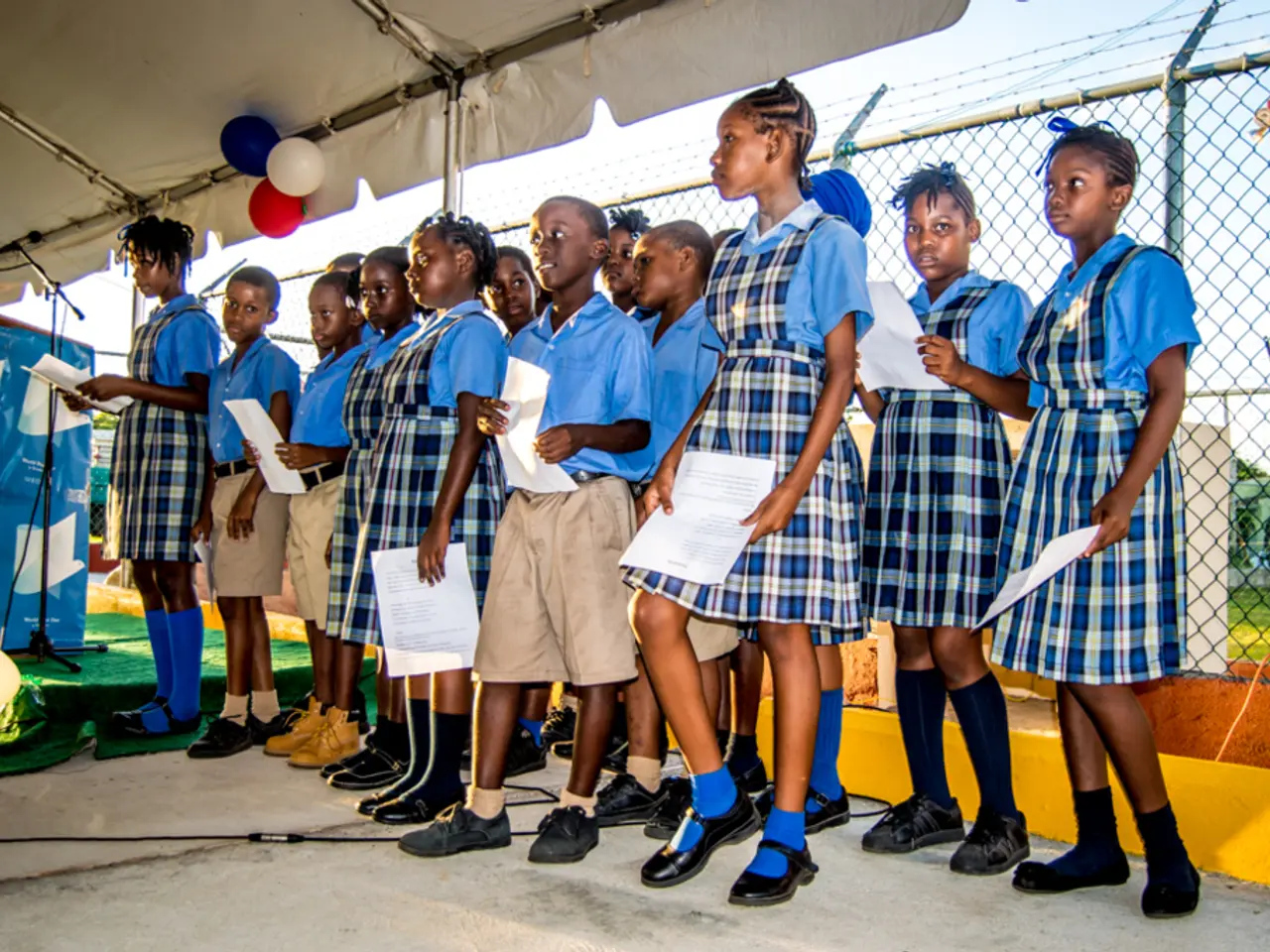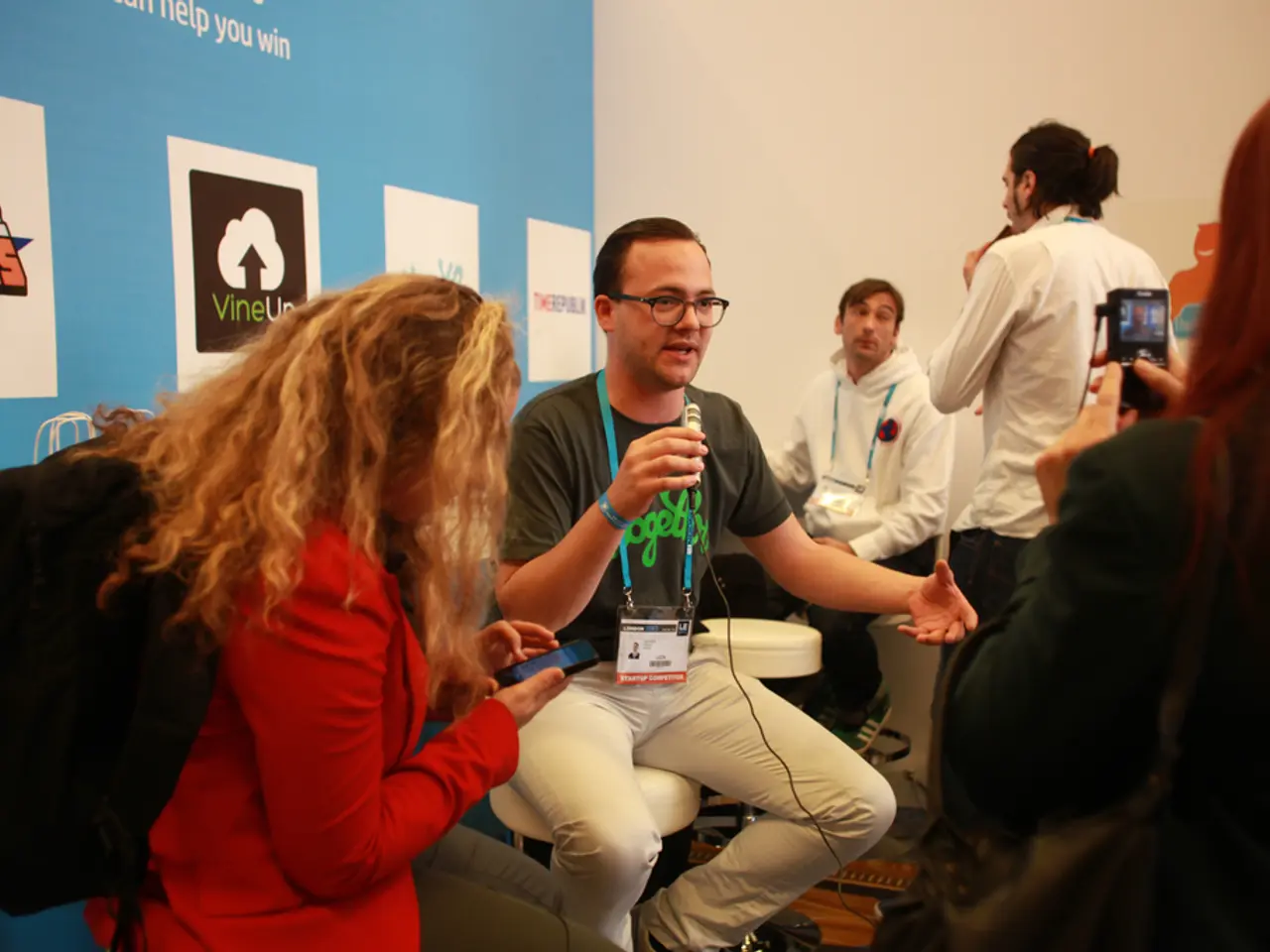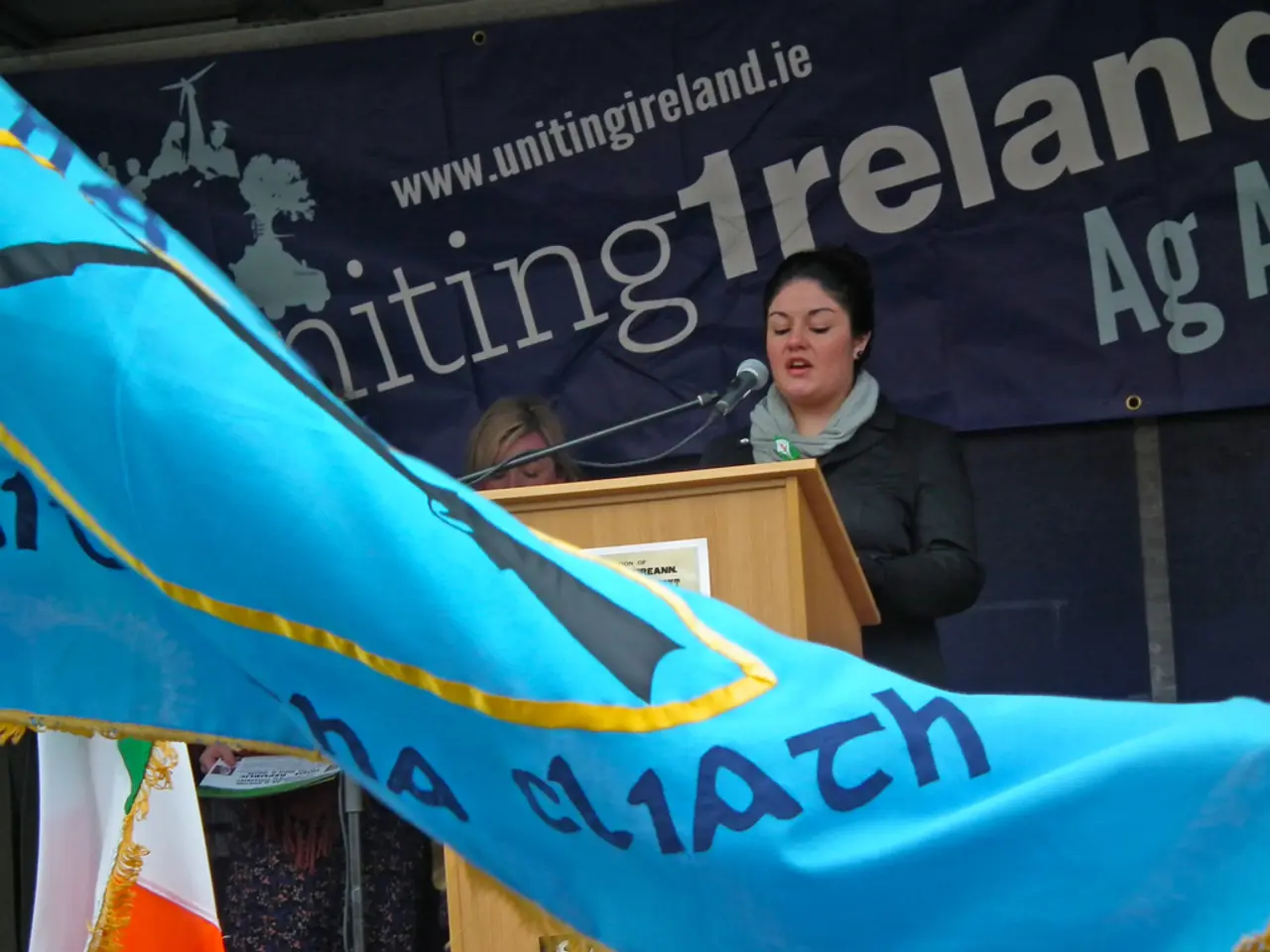Student loan forgiveness via the Income-Based Repayment (IBR) program has temporarily halted due to system renovations, yet it has not been canceled outright.
The United States Department of Education has temporarily paused processing student loan forgiveness for borrowers enrolled in the Income-Based Repayment (IBR) plan. This pause is due to system recalibration in response to legal and legislative changes, with no firm timeline on resumption.
Duration of the Pause
The pause began by at least early July 2025 and is understood to be temporary. Forgiveness is expected to resume once system updates are complete, but no specific timeline has been publicly provided.
Requirements for Borrowers
Borrowers under the IBR plan must have made 300 qualifying monthly payments to become eligible for forgiveness. Payments made under other income-driven plans like SAVE, PAYE, and ICR can count toward this total, but adjustments are needed due to recent legal rulings affecting what types of payments and forbearances qualify.
Because of court rulings that struck down parts of the SAVE Plan and blocked certain forbearance counting, the Department must revise qualifying payment calculations. Borrowers in the SAVE Plan are being encouraged to switch to IBR or other plans to ensure qualifying payments since SAVE will be phased out by July 2028 due to recent legislation.
Implications for Future Forgiveness
The pause complicates loan forgiveness for borrowers who have met the 25-year payment threshold but are still receiving bills, causing confusion and concern among affected borrowers.
The Big Bill legislation will eliminate the SAVE, PAYE, and ICR plans by July 1, 2028, leaving the IBR and a new Repayment Assistance Plan (RAP), which may affect future eligibility and payment amounts. The IBR plan will undergo changes to eligibility criteria, potentially expanding borrower qualification but also possibly leading to higher monthly payments compared to SAVE.
Borrowers are encouraged to monitor updates, consider switching plans if needed, and use tools like the Loan Simulator to estimate payments and eligibility.
Key Points
- The IBR forgiveness pause is due to system recalibration in response to legal and legislative changes, with no firm timeline on resumption.
- Borrowers who have met the required number of payments will still be eligible for forgiveness once the Department resumes operations.
- Officials recommend that borrowers remain enrolled in IBR and continue tracking their payment histories closely.
- Student loan forgiveness under IBR continues to be legally authorized.
- The pause in IBR student loan forgiveness processing adds to borrower uncertainty amid a volatile policy environment for student debt relief.
- The Department of Education cited the need to upgrade internal infrastructure and ensure accurate application of forgiveness criteria before processing further discharges.
- Borrowers will not lose their eligibility, and no one will be penalized for delays outside their control.
- The U.S. Department of Education has temporarily paused processing student loan forgiveness for borrowers enrolled in the Income-Based Repayment (IBR) plan.
- Once the system updates are complete, any overpayments made during the pause will be retroactively refunded.
- The recent legal challenges affecting SAVE, PAYE, and ICR IDR plans have not impacted IBR.
- The National Student Debt Coalition has stated that the pause underscores the urgent need for a modern, borrower-friendly loan servicing infrastructure.
- By upgrading its internal infrastructure, the United States Department of Education aims to ensure accurate application of forgiveness criteria for the Income-Based Repayment (IBR) plan, which is temporarily paused due to system recalibration in response to legal and legislative changes.
- Despite the current pause in processing student loan forgiveness for borrowers enrolled in the IBR plan, any overpayments made during the pause will be retroactively refunded once system updates are complete.
- The National Student Debt Coalition emphasizes the need for a modern, borrower-friendly loan servicing infrastructure, following the temporary halt in processing IBR student loan forgiveness, which adds to borrower uncertainty amid a volatile policy environment for student debt relief.




